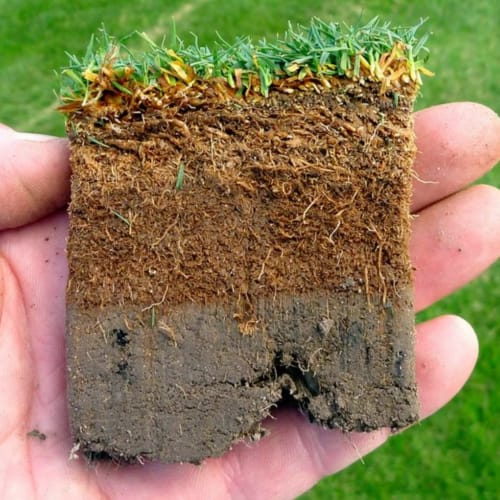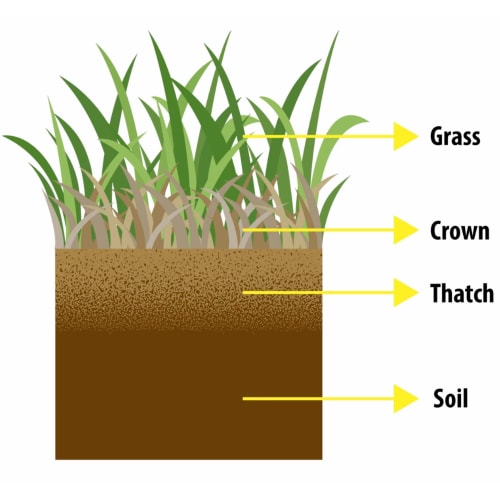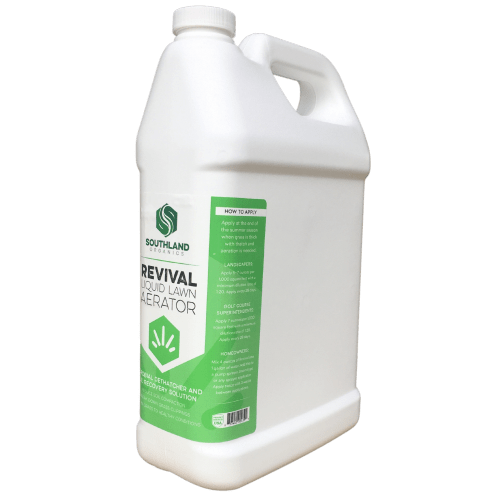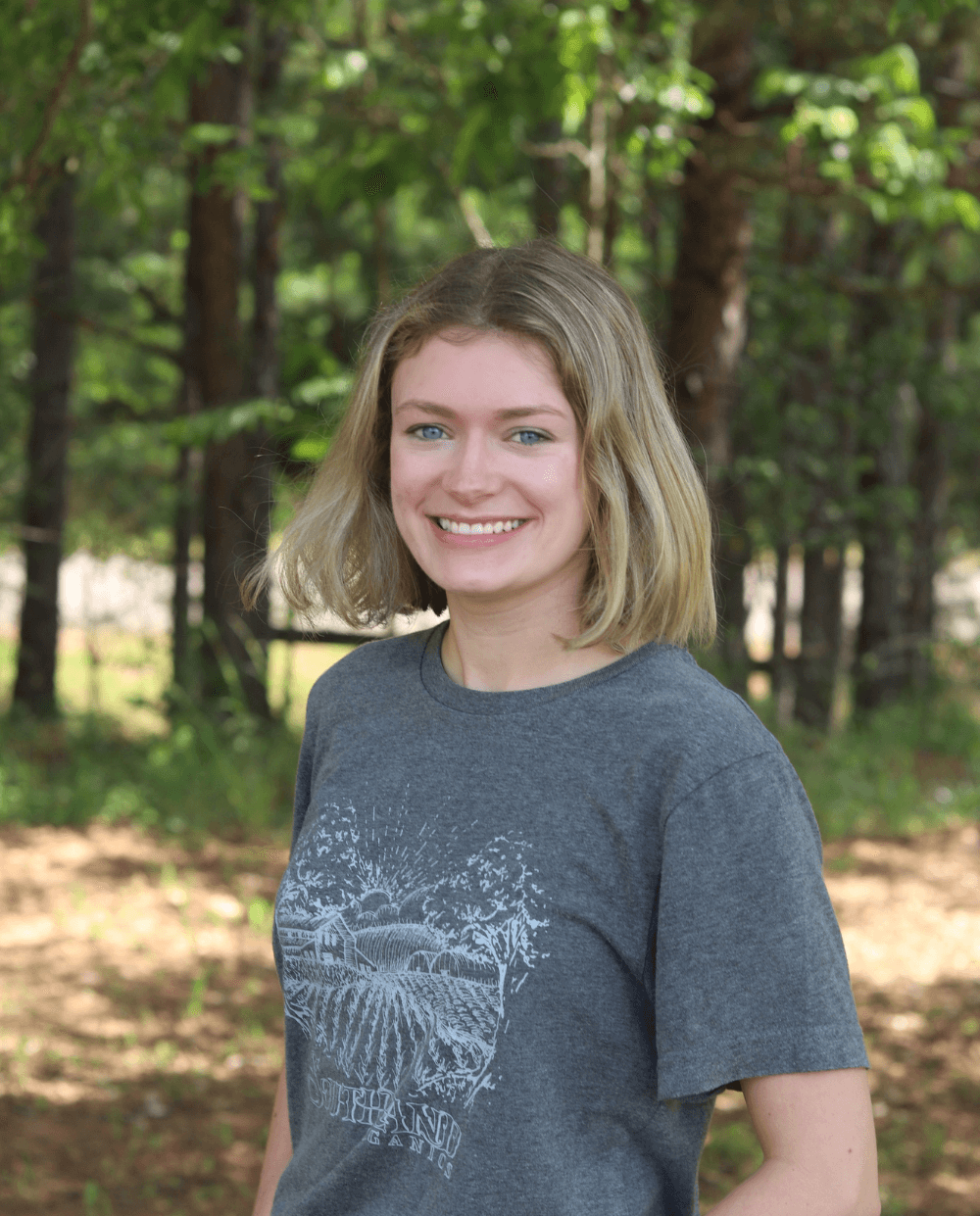All About the Thatch Layer
Let’s talk about thatch, from the basics to some things you may not know yet.
Thatch is a layer of organic matter that exists between the visible blades of grass and the soil surface. In very small amounts, thatch can be beneficial. It provides organic matter for the soil, upon which microbes feed and then recycle as plant food.
But a buildup of half an inch of thatch or more can deteriorate the health of your lawn. A layer of thatch this thick can serve as an ideal environment for pests, disease and harmful bacteria, and it will likely hinder future root growth as well as limit the benefits of your lawn care practices.
So, while a little thatch is healthy for your lawn, too much thatch can choke out the roots of your grass. But don’t worry—there are measures you can take to reduce thatch on your lawn!

Where does thatch come from?
Thatch buildup occurs when a few different environmental factors are in place. These can include the following:
-
Excessively fast growth of grass caused by heavy nitrogen fertilizer use
-
Overwatering
-
Excessive use of pesticides, which can kill earthworms and other beneficial microorganisms that help break down organic matter
-
Weather conditions that lead to heavy, wet soils
All of these factors can work together to create an environment where organics matter does not break down properly. This will lead to a thick layer of built-up thatch, pose a threat to your healthy lawn and even lead to dead grass.
What can help reduce thatch?

To effectively control the thatch buildup in your lawn, it’s important to target the source of the problem: organic matter, like grass clippings, not breaking down properly. One of the biggest solutions to break down organic matter is actually microscopic: bacteria.
Beneficial bacteria can help decompose thatch and prevent the excessive buildup of thatch in the future. It's also best to aerate your lawn, which allows the organic matter to breathe and therefore break down more quickly.
How can I incorporate these techniques into my lawn care regime?
Thatch can be broken down through aeration and added microbes. How do you apply these techniques to your lawn?
You could approach these issues separately: apply a microbial product and then mechanically aerate. But this can become expensive and take a long time.
Revival Liquid Lawn Dethatcher

Naturally, we recommend using a product that targets both aeration and beneficial bacteria: Revival. Revival can help breathe new life into your lawn while breaking down existing thatch.
This product combines a liquid aerator with microbial dethatcher and compost accelerator to target organic matter and increase its breakdown. Not only does this help break down the thatch on your lawn, but it also improves soil health on many different grass types.
Did we mention that Revival is an all-natural biological dethatcher? It’s made from beneficial bacteria, organic acids and carbon, making it not only effective, but safe for you, your family, your pets and the environment.
Revival should be used as a lawn dethatcher spray at the end of the summer season when your lawn is covered with grass clippings, or whenever your lawn needs aeration and a breath of new life. We recommend using Revival in Setpember and October, but people with warm season lawns can use it later into the season, through November or even December.
It’s easy to apply—just spray it on your lawn with a hose end sprayer on your garden hose at a 1:20 product to water ratio once per month.
Learn more about Revival here.
Contact Us
I hope that this blog gave you a better understanding of what thatch is, why it occurs and can be harmful, and how you can eradicate the thick layer of thatch on your lawn that may be hurting your grass.
At Southland Organics, we want you to have the lush, healthy dream lawn you deserve without the use of harmful chemicals. We truly believe that Revival can help make this happen!
If you have any questions on thatch or our products, feel free to contact us at success@southlandorganics.com or (800) 608-3755. Keep up with us on social media @SouthlandOrganics.






